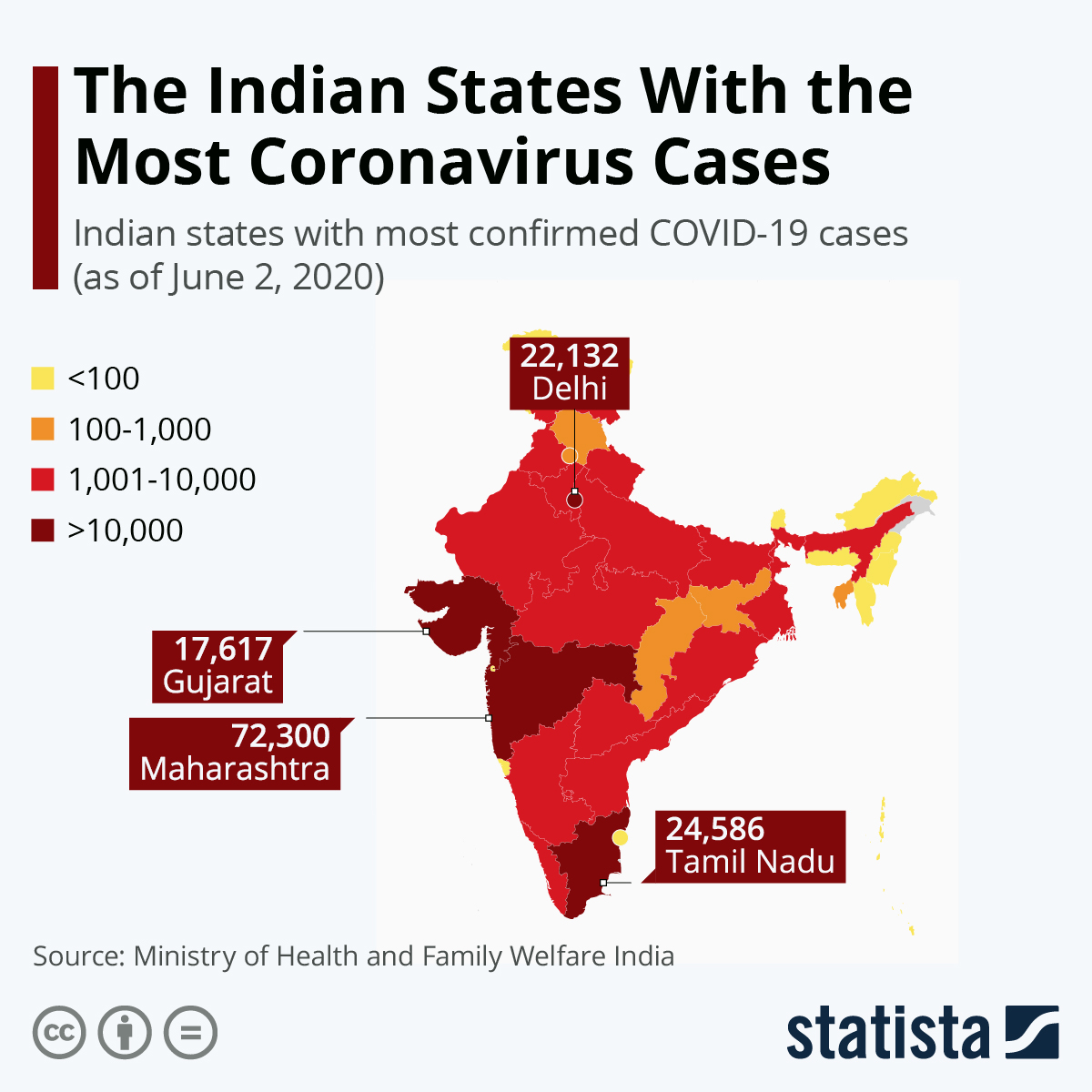At a time when good news is at a premium, the easy answer is yes, but there’s more to the drops than the eye can see.
The details first. The curve of new cases across the nation has seen a rare dip over the past week, with the seven-day average of daily cases actually falling for the five consecutive days to Monday, something that has never occurred since the coronavirus outbreak began in the nation in March.
The numbers may indicate that cases have begun to plateau in the country. Did they
Have cases reached a plateau in India?
According to our sources, there were 99,181 cases reported of Covid-19 reported all over the country on September 10. Until that day, since August 16, the trailing seven-day average of regular cases (commonly referred to as the daily case trajectory or the case curve) had risen consecutively.
A single day aberration was the August 16 drop in the trajectory, primarily explained by the reduced testing and documentation of cases due to the August 15 weekend.
Before August 16, for 81 straight days, the trajectory had been growing. All signs until a week ago pointed to the regular case number in the coming days reaching the mark of 100,000. But they never breached this mark.
On September 16, at 93,617, the seven-day case average hit a peak (so far) and fell for five consecutive days after that.
This number had fallen to 90,472 by Monday evening. For a nation that has seen a near-steady rise in the case trajectory over the course of the pandemic, this is an unparalleled decline.
But a similar decrease in trajectory is followed by testing:
According to the Indian Council of Medical Research (ICMR), the country’s apex biomedical research body, India set a new record for the regular tests for Covid-19 on Saturday when 1.2 million samples were tested.
Notwithstanding Saturday’s however, since the first week of September, regular testing has seen a long plateau. For the week ending Monday, 1,001,929 tests were performed on average every day.
For the week ending September 13, this amount was 1,098,274 (the highest it has ever reached so far).
In fact, the seven-day daily test average line (or the daily test trajectory) has largely followed the same route as the daily reports, a week-long plateau around September 10, and a decrease over the past five-six days.
Meanwhile, the degree of positivity is increasing again,
The seven-day average rate of positivity-the percentage of tests that return positive for Covid-19-has started to increase again. Ninety-two per cent of all tests performed around the country have returned positive in the past week, the highest in 40 days, or since August 12.
The average positive rating has risen 1.5 percentage points over the past month, ranging from 7.7 per cent over the week ending August 21 to 9.2 per cent for the week ending September 21.
A growing rate of positivity suggests that more individuals test positive for Sars-Cov2 and therefore implies a higher prevalence of viruses within the population if this number rises.
The World Health Organization (WHO) recommends that for at least two weeks before it can be assumed that the epidemic is under control in the region, the positive rate for a region with a robust monitoring program should be at or below 5%.
So what is this supposed to mean?
Although cases seem to have hit a plateau, there is no clear picture of two critical metrics-daily testing and positivity levels. India is performing less (on average) cases today than it was a week ago, and a greater proportion of those tests are positive again.
This would mean that if test levels do, there’s a fair chance of the case trajectory increasing again.






































